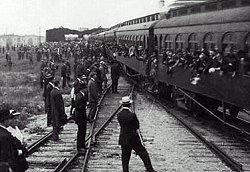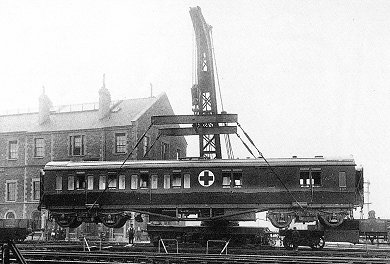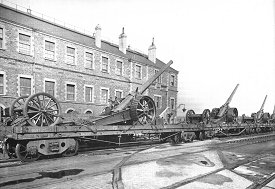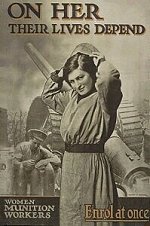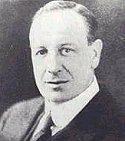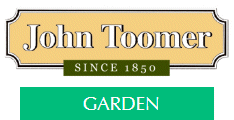Part III - the Works
Swindon and World War One
More than six million British troops were mobilised - and not only did they need to be transported by train to the front and home again eventually (if they were lucky), but the closeness of the fighting in France and Belgium also meant they often came home on leave by train. Britain also took a big hand in organising the transport of troops once they were on the other side of the English Channel, and the Swindon Works is reckoned to have produced around 100 locomotives during the war, specifically for shipment overseas. These were finished in black instead of the famous GWR green. Maintaining the network At home it was probably the busiest ever time for railways because, far from decreasing, civilian passenger traffic actually increased between 1913 and 1916. The onus on Swindon Works to keep the increased number of trains running must have been immense, yet it was also pressed into special manufacturing projects as the railways came under direct government control for the first time. By no means all of it was specifically railway-based work, so they sometimes needed to adapt very quickly. The range of items produced in the factory is as impressive as the quantity, ranging from whole locomotives to leather straps for soldiers' personal equipment. Hospital trains One of the first jobs for those who stayed at home was to convert carriages into ambulance trains for transporting wounded soldiers.
In all, 238 such carriages would either be converted or built from scratch. These were mostly rolling hospital wards but also included infectious disease units, pharmacies and other special designs. During the war, trains made up from these carriages made around 6,000 loaded journeys. Wagons were also converted or built for military use. The 410 open wagons that were adapted to have high sides, suitable for transporting horses, were among the first of a staggering total of 216,350 vehicles produced in the Works during the war years. Not all of these wagons were for rail traffic as they included 50 horse-drawn water carts. And not everything had wheels, either. Nearly 4,000 posts and 38,000 pegs for the securing of horses were turned out, along with nearly 3,000 stretchers. Weapons and ammunition But it's not until you start adding up the numbers of shells and guns that the full picture of activity in the works between 1914 and 1918 begins to come clear.
A complete manufacturing line was installed to make anti-aircraft guns while 4.5inch howitzer and 60-pounder guns were also turned out, along with 338 field carriages, including 40 large naval guns, and hundreds of thousands of other weapons parts. This is just an overview of the Works' contribution to the war effort. In fact, the full extent of the work undertaken in Swindon is unknown because information was classified at the time and full details were never released. Sometimes the only clues come from some of the photographs that were taken for internal use which later became generally available. Dual role It also needs to be understood that everything was produced in addition to the normal railway work, not instead of it - and if that isn't impressive enough, it was all done during a time when a large proportion of the Swindon workforce were absent. They were fighting abroad.
Women benefitted too as they were brought in to do clerical and even shop-floor work in the factory for the first time - setting a precedent that would lead to them being given employment (and therefore an improved status) for years to come.
Officially recognised
The management got its own rewards. The four most senior Swindon managers made the Birthday Honours in 1918.
Two of these - George Jackson Churchward, who received the CBE, and Charles Collett (OBE) - deserve honours as towering engineers of the period but received their medals specifically for services to munitions production.
The most lasting reward probably went to the works as a whole when new plant and machine tools which had been paid for by the Ministry of Munitions was sold off cheaply to the GWR when the war ended. This new investment was to prove invaluable in helping Swindon through the difficult economic challenges it would face during the lean decades of the Twenties and Thirties. |
|
||||||||
|
Swindon and World War One |
||||||||
|
Part I - the War at home |
||||||||
|
Part II - action |
||||||||
|
Part IV - Little Known Facts |
||||||||
|
||||||||
|
||||||||
|
||||||||
|
|||||||||





